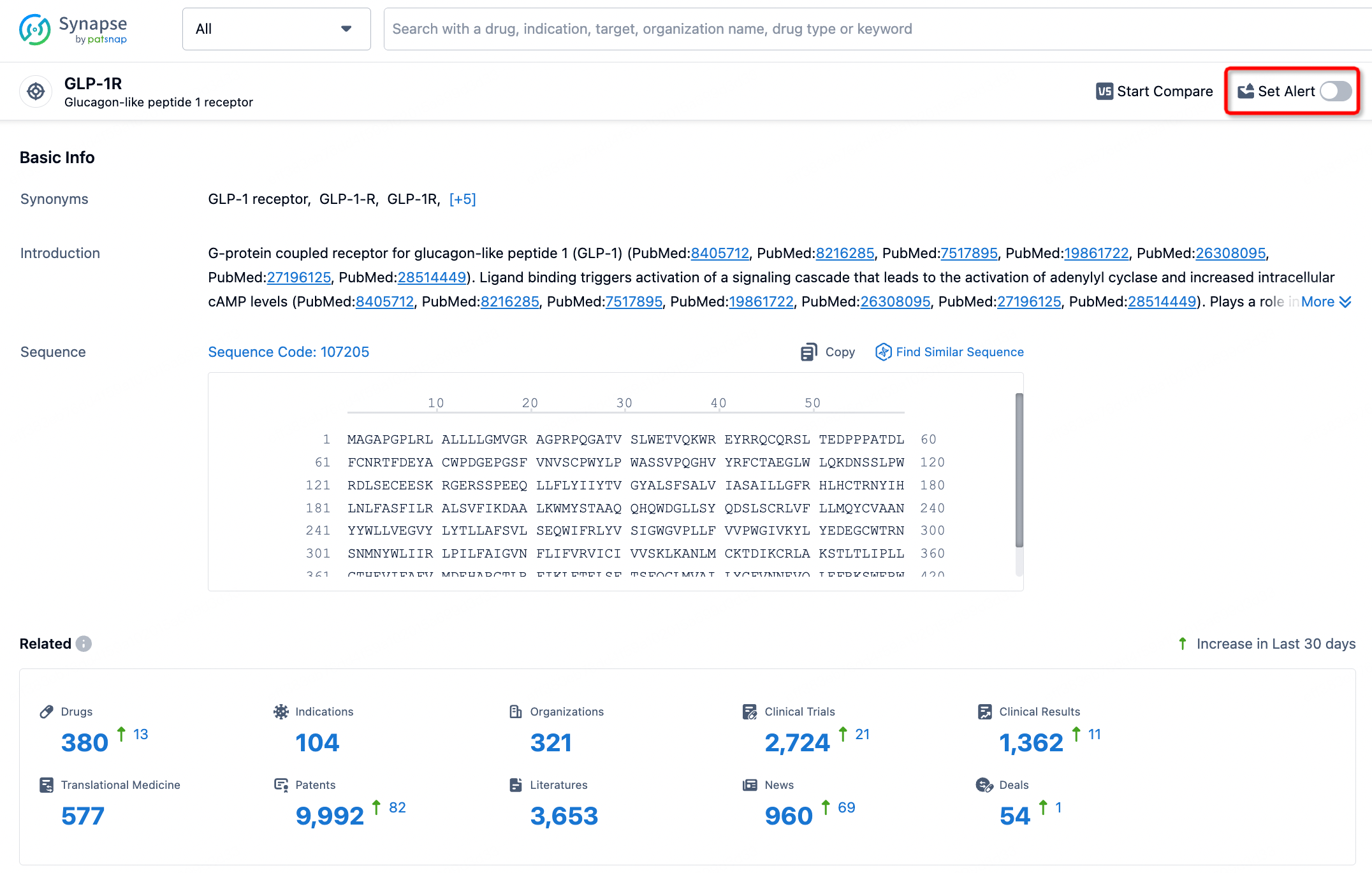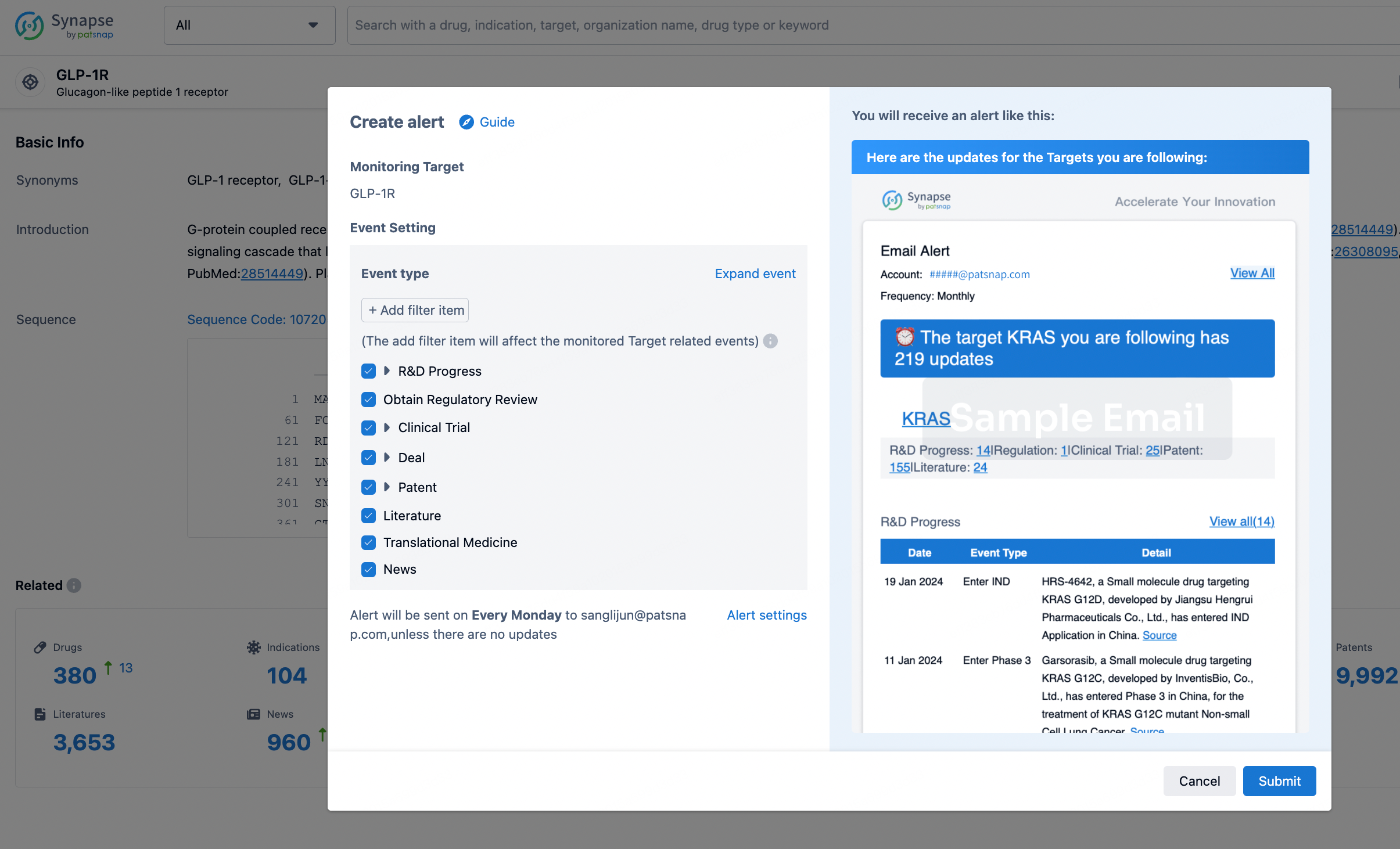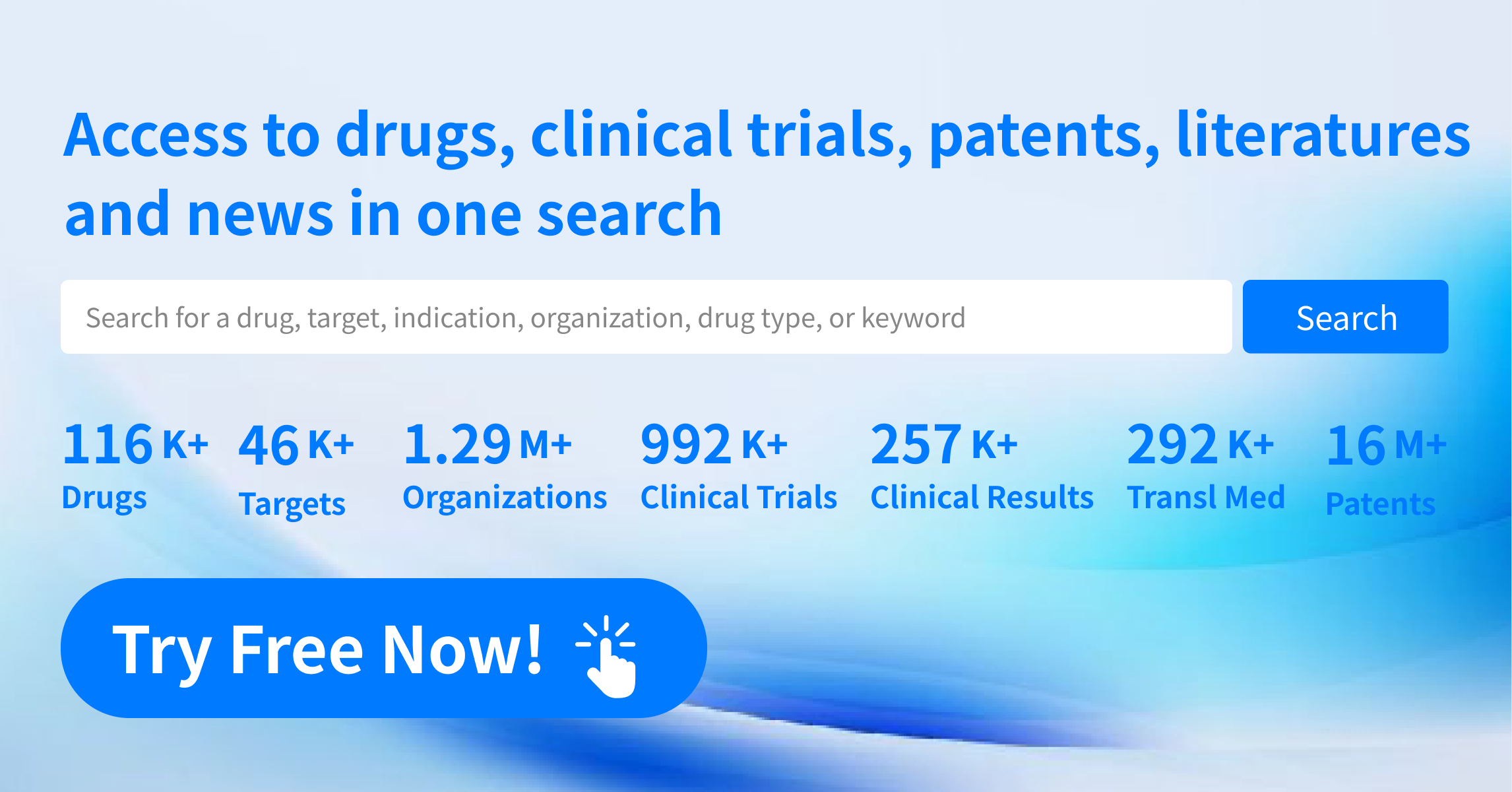Request Demo
What are ETA antagonists and how do they work?
21 June 2024
ETA antagonists are a class of drugs that have garnered significant attention in the medical field for their potential in treating various cardiovascular and renal conditions. These drugs target a specific receptor in the body known as the endothelin A (ETA) receptor, which plays a crucial role in regulating vascular tone and blood pressure. This blog post delves into the workings of ETA antagonists, their mechanisms, and their therapeutic applications.
ETA receptors are one of the two main receptors for endothelin-1 (ET-1), a potent vasoconstrictor. ET-1 is a peptide produced by endothelial cells that line the blood vessels. Upon its release, it binds to ETA receptors located on vascular smooth muscle cells, leading to vasoconstriction, increased blood pressure, and other effects. ETA antagonists work by blocking the binding of ET-1 to these receptors, thereby preventing the cascade of events that lead to vasoconstriction.
When an ETA antagonist is introduced into the bloodstream, it competes with ET-1 for binding sites on the ETA receptors. By occupying these sites, the antagonist prevents ET-1 from exerting its vasoconstrictive effects. This results in vasodilation, or the widening of blood vessels, which in turn helps to lower blood pressure and improve blood flow. Additionally, ETA antagonists may have anti-proliferative and anti-inflammatory effects on vascular smooth muscle cells, further contributing to their therapeutic benefits.
The primary use of ETA antagonists is in the treatment of pulmonary arterial hypertension (PAH), a condition characterized by high blood pressure in the arteries of the lungs. PAH can lead to right heart failure and is often fatal if left untreated. ETA antagonists, such as bosentan and ambrisentan, have been shown to improve exercise capacity and hemodynamics in patients with PAH, thereby enhancing their quality of life and prognosis.
Beyond PAH, ETA antagonists hold promise in treating other cardiovascular conditions. For instance, they may be beneficial in managing systemic hypertension (high blood pressure) and chronic heart failure, where the reduction of vascular resistance can alleviate symptoms and improve cardiac function. Research is ongoing to explore their efficacy in these areas.
In addition to their cardiovascular applications, ETA antagonists are being investigated for their potential in treating chronic kidney disease (CKD). In CKD, the kidneys are unable to filter waste products effectively, leading to a buildup of toxins in the body. This condition is often accompanied by hypertension and proteinuria (the presence of excess proteins in the urine). By blocking ETA receptors, these drugs can reduce proteinuria and protect renal function, thereby slowing the progression of CKD.
Emerging research also suggests that ETA antagonists might have a role in oncology. ET-1 and its receptors have been implicated in the progression and metastasis of certain cancers. By inhibiting the ETA receptor, it is hypothesized that these drugs could impede tumor growth and spread, offering a novel approach to cancer treatment. However, this area of research is still in its early stages, and more studies are needed to confirm these potential benefits.
In conclusion, ETA antagonists represent a promising therapeutic tool with diverse applications in medicine. Their ability to block the harmful effects of ET-1 on the vascular system makes them particularly valuable in treating conditions like PAH, systemic hypertension, chronic heart failure, and CKD. As research continues to uncover new uses and refine existing treatments, the future of ETA antagonists in clinical practice looks increasingly bright.
ETA receptors are one of the two main receptors for endothelin-1 (ET-1), a potent vasoconstrictor. ET-1 is a peptide produced by endothelial cells that line the blood vessels. Upon its release, it binds to ETA receptors located on vascular smooth muscle cells, leading to vasoconstriction, increased blood pressure, and other effects. ETA antagonists work by blocking the binding of ET-1 to these receptors, thereby preventing the cascade of events that lead to vasoconstriction.
When an ETA antagonist is introduced into the bloodstream, it competes with ET-1 for binding sites on the ETA receptors. By occupying these sites, the antagonist prevents ET-1 from exerting its vasoconstrictive effects. This results in vasodilation, or the widening of blood vessels, which in turn helps to lower blood pressure and improve blood flow. Additionally, ETA antagonists may have anti-proliferative and anti-inflammatory effects on vascular smooth muscle cells, further contributing to their therapeutic benefits.
The primary use of ETA antagonists is in the treatment of pulmonary arterial hypertension (PAH), a condition characterized by high blood pressure in the arteries of the lungs. PAH can lead to right heart failure and is often fatal if left untreated. ETA antagonists, such as bosentan and ambrisentan, have been shown to improve exercise capacity and hemodynamics in patients with PAH, thereby enhancing their quality of life and prognosis.
Beyond PAH, ETA antagonists hold promise in treating other cardiovascular conditions. For instance, they may be beneficial in managing systemic hypertension (high blood pressure) and chronic heart failure, where the reduction of vascular resistance can alleviate symptoms and improve cardiac function. Research is ongoing to explore their efficacy in these areas.
In addition to their cardiovascular applications, ETA antagonists are being investigated for their potential in treating chronic kidney disease (CKD). In CKD, the kidneys are unable to filter waste products effectively, leading to a buildup of toxins in the body. This condition is often accompanied by hypertension and proteinuria (the presence of excess proteins in the urine). By blocking ETA receptors, these drugs can reduce proteinuria and protect renal function, thereby slowing the progression of CKD.
Emerging research also suggests that ETA antagonists might have a role in oncology. ET-1 and its receptors have been implicated in the progression and metastasis of certain cancers. By inhibiting the ETA receptor, it is hypothesized that these drugs could impede tumor growth and spread, offering a novel approach to cancer treatment. However, this area of research is still in its early stages, and more studies are needed to confirm these potential benefits.
In conclusion, ETA antagonists represent a promising therapeutic tool with diverse applications in medicine. Their ability to block the harmful effects of ET-1 on the vascular system makes them particularly valuable in treating conditions like PAH, systemic hypertension, chronic heart failure, and CKD. As research continues to uncover new uses and refine existing treatments, the future of ETA antagonists in clinical practice looks increasingly bright.
How to obtain the latest development progress of all targets?
In the Synapse database, you can stay updated on the latest research and development advances of all targets. This service is accessible anytime and anywhere, with updates available daily or weekly. Use the "Set Alert" function to stay informed. Click on the image below to embark on a brand new journey of drug discovery!
AI Agents Built for Biopharma Breakthroughs
Accelerate discovery. Empower decisions. Transform outcomes.
Get started for free today!
Accelerate Strategic R&D decision making with Synapse, PatSnap’s AI-powered Connected Innovation Intelligence Platform Built for Life Sciences Professionals.
Start your data trial now!
Synapse data is also accessible to external entities via APIs or data packages. Empower better decisions with the latest in pharmaceutical intelligence.


